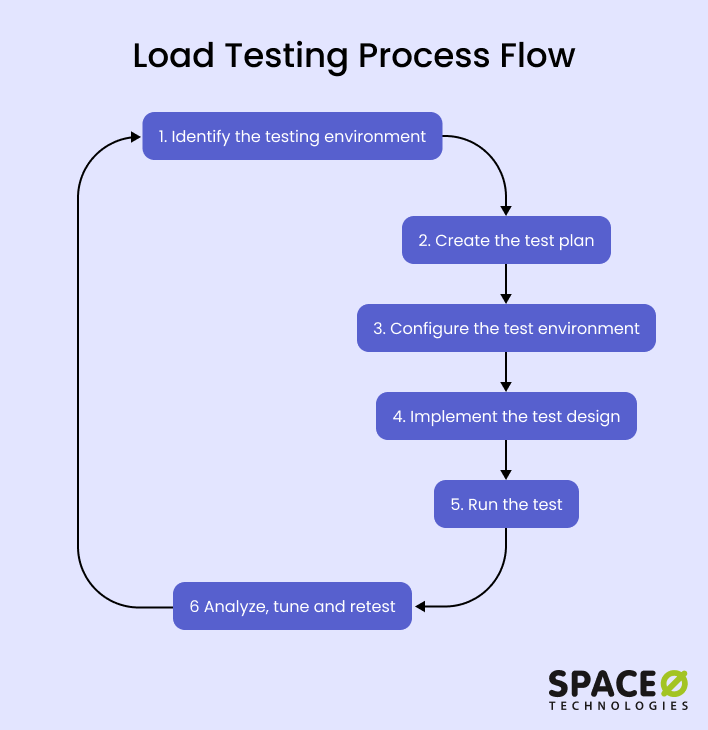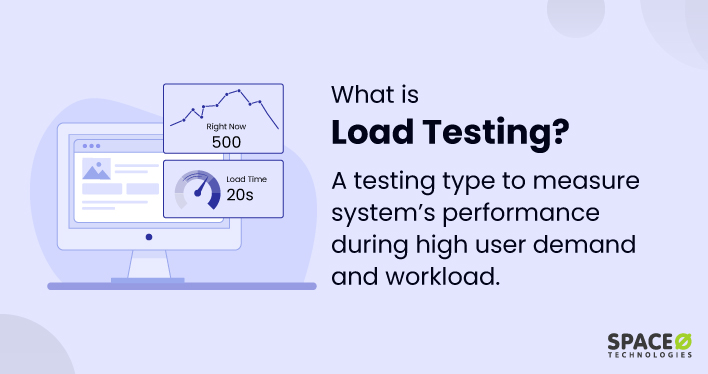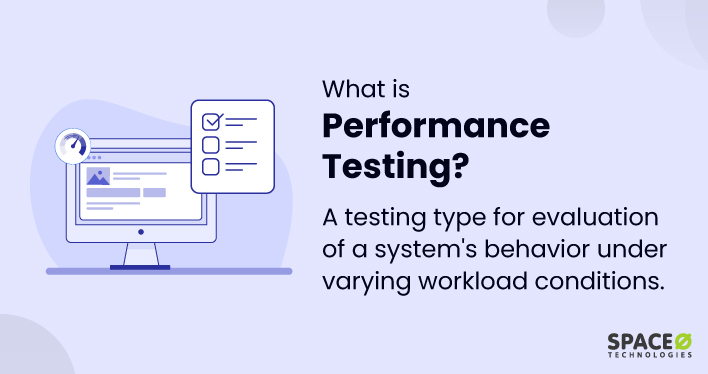Table of Contents
What is Load Testing?
Load testing is a type of performance testing that assesses an application or system’s behavior under a specific expected load. This involves simulating a large number of concurrent users or operations concurrently accessing or interacting with the system, aiming to uncover performance bottlenecks, scalability issues, and other potential problems.
The primary purpose of load testing is to validate the system’s capability to handle expected user loads without adverse effects on functionality and user experience. Load testing is an important part of the performance test. Performance testing includes many other kinds of tests too, like stress testing, spike testing, endurance testing, and volume testing. If you want to learn more about these other types of performance tests, check out the guide to web app performance testing.
Also, if you are confused about what is performance testing then read the basic definition of performance testing. Once you understand performance testing metrics and its importance then you will be able to better understand the concept of load testing.
How Does Load Testing Work?
Here’s a simplified explanation of how load testing works:

- Identify the testing environment: Understand the software or application, its system’s performance criteria, and the physical test environment before starting the load testing process.
- Create the test plan: This includes identifying the key scenarios, determining the maximum user load, identifying metrics, and creating test data.
- Configure the test environment: Prepare the testing environment according to the plan and implement all the necessary setups.
- Implement the test design: According to the test plan, create the scripts and implement the test.
- Run the test: Execute the test scenarios through the load testing tool and capture the metrics. This is usually done by gradually increasing the load on the software or application until it reaches the threshold limit.
- Analyze, tune, and retest: After test execution, the results are analyzed to identify bottlenecks. These bottlenecks are fixed through tuning and the test is executed again to check if the performance has improved
Top 5 Load Testing Tools
Here’s a table listing five popular load-testing tools along with their names and brief descriptions.
| Sr.no | Name | Description |
|---|---|---|
| 1 | A Java-based open-source tool for load testing that supports various protocols and can simulate different types of load scenarios. | |
| 2 | A widely-used load test tool by Micro Focus that provides comprehensive testing capabilities, supports a variety of protocols and offers enterprise-level features. | |
| 3 | An open-source load testing tool written in Scala, designed for simplicity, flexibility, and scalability, often used for web applications and APIs. | |
| 4 | An open-source Python-based tool that allows you to write load tests as code, providing flexibility and scalability, particularly for distributed testing scenarios. | |
| 5 | A cloud-based load test platform that offers both open-source and commercial versions, providing easy test creation, execution, and comprehensive reporting. |
There are several load-testing tools available in the market. The selection of a tool depends on specific requirements, budget, technical expertise, and the nature of the system being tested.
Top 7 Benefits of Load Testing
Load testing performed in a production environment offers several benefits that contribute to the overall quality and reliability of a software application or system. Here are some key advantages of performing a load test:
- Validates’ Performance: The load test helps validate the performance including the response time of the system by simulating real-world user loads. It allows you to measure and analyze the system’s response time, throughput, resource utilization, and overall performance under expected loads.
- Assesses Scalability: A load test helps assess the scalability of a system by determining its ability to handle increasing loads. By gradually increasing the load and monitoring system behavior, you can identify performance bottlenecks, such as limited resources or inefficient code, and take necessary measures to enhance performance engineering.
- Identifies Bottleneck: Load testing helps identify performance bottlenecks and weaknesses in the system architecture, infrastructure, or application code. By pinpointing these bottlenecks, you can optimize and fine-tune the system to improve its overall performance and eliminate any potential roadblocks under peak load conditions.
- Plans Capacity: Load testing provides valuable insights for capacity planning by determining the system’s maximum load capacity. It helps you understand the point at which the system starts to degrade in performance and assists in estimating the hardware and infrastructure requirements to support anticipated user loads.
- Enhances User Experience: Load testing helps ensure a smooth and seamless user experience by verifying that the system can handle expected loads without any adverse effects on functionality or performance. It helps identify issues like slow response times, timeouts, or system crashes under high loads, enabling you to rectify them before users encounter them.
- Mitigates Risk: Load testing mitigates the risk of system failures or performance degradation during peak load conditions or sudden spikes in user activity. By proactively identifying and resolving performance issues, load testing helps maintain system stability, and user satisfaction, and protects the reputation of the application or system.
- Saves Cost: Load testing helps identify performance bottlenecks early in the development lifecycle, reducing the likelihood of costly fixes or rework later on. By optimizing system performance and ensuring efficient resource utilization, load testing can contribute to cost savings in terms of hardware, infrastructure, and maintenance.
Overall, load testing plays a crucial role in ensuring that a system performs optimally under expected loads, delivering a reliable and satisfactory user experience while minimizing risks and optimizing resource utilization.
The Load tests also assist in planning capacity to handle peak load conditions, enhancing user experience by optimizing response times. By conducting thorough load testing, you can mitigate risks, optimize costs, and ensure that your system remains stable even during a peak load condition.
In conclusion, load testing is a vital component of performance testing that allows you to assess a software application or system’s behavior under specific expected loads. It helps validate performance, assess scalability, identify bottlenecks, plan capacity, enhance user experience, mitigate risks, and save costs. By conducting load testing, you can ensure that your system performs efficiently, meets user expectations, and maintains its stability even during peak usage periods.






